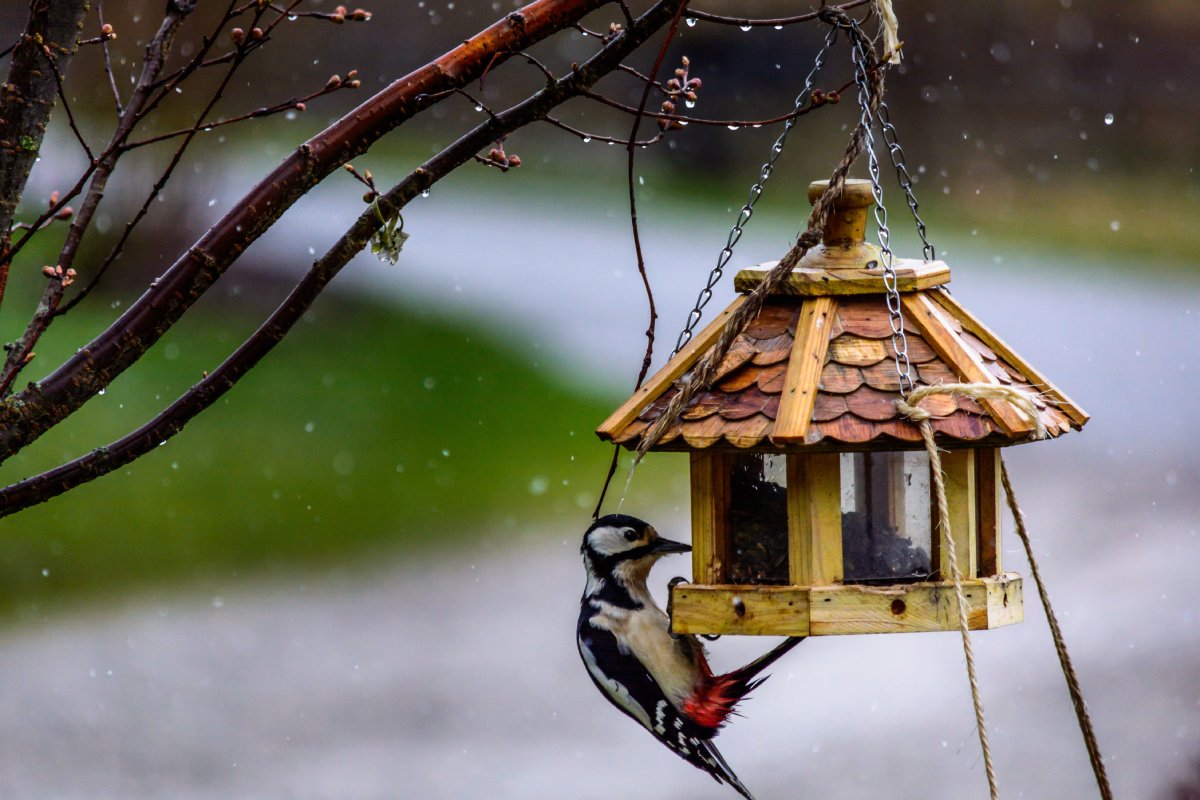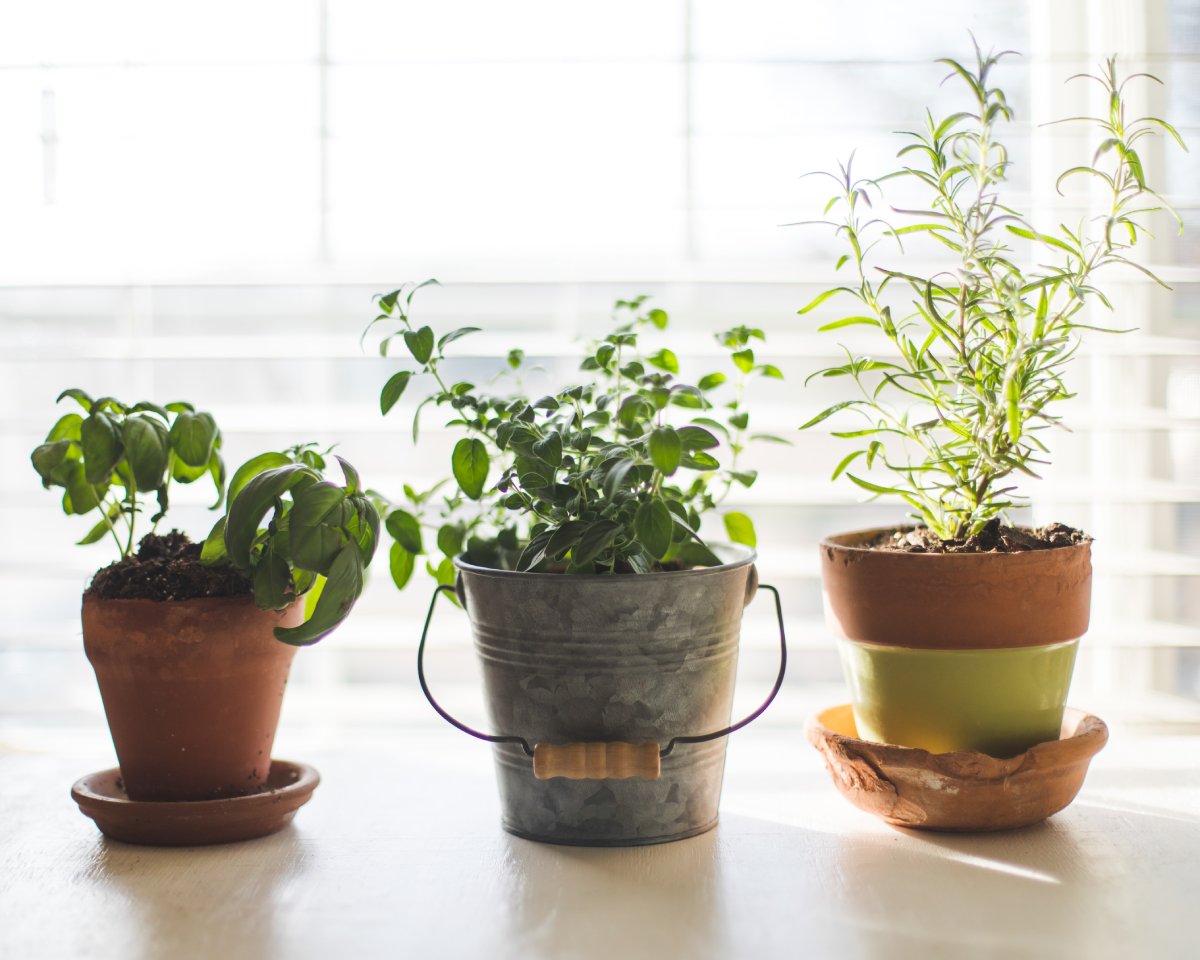Introduction
In the vast canvases of urban and suburban landscapes, gardens stand as miniature sanctuaries for wildlife, providing refuge and sustenance for a variety of species. Gardens are no longer seen as just spaces for ornamental plants or a selection of vegetables; they are critical habitats that can support a rich tapestry of life. This initial section will unveil the indispensable role gardens play in preserving biodiversity, explore the rewards of maintaining a garden that is hospitable to wildlife, and set the stage for the detailed discussions to follow in this blog post on how to cultivate such a sanctuary in your backyard.
Importance of Gardens for Wildlife
In a world where natural habitats are continually shrinking due to human activities, gardens have emerged as crucial havens for various wildlife species. They serve as feeding grounds, shelter, and breeding sites for insects, birds, mammals, and more. A well-maintained garden can be a hotspot of biodiversity, offering a glimpse into the intriguing world of wildlife and the complex interplay between different species. Gardens can significantly impact local ecosystems, promoting ecological balance and contributing to the preservation of local fauna and flora.
A Microcosm of Biodiversity
Every garden, no matter its size, can become a microcosm of life, supporting organisms ranging from the microscopic to the more visible and charismatic fauna like birds and butterflies.
Benefits of a Wildlife-friendly Garden
A garden teeming with wildlife is not just a boon for biodiversity; it brings numerous benefits to gardeners and residents as well. It fosters a sense of connection with nature, enriching our lives with beauty and wonder. Observing wildlife go about their daily activities can be a source of joy, relaxation, and learning. Additionally, a balanced ecosystem in the garden means healthier plants, as different species work together to control pests and pollinate flowers.
Enhancing Well-being and Learning
A symbiotic relationship with nature, facilitated by a wildlife-friendly garden, can have profound effects on our mental well-being and can serve as an educational tool, especially for young minds, instilling values of respect and care for the environment.
Overview of the Blog Post
In the ensuing sections of this blog post, we will delve deeper into the methods and practices to attract and sustain wildlife in your garden. From choosing the right plants and creating varied habitats to providing food and water sources, we’ll explore a plethora of ways to make your garden a wildlife paradise. Whether you are a seasoned gardener or just starting, the insights provided will help you transform your outdoor space into a thriving ecosystem, allowing you to contribute to wildlife conservation in your unique way.
Turning Insight into Action
Throughout this blog, the aim is to equip you with knowledge and inspire you to turn insight into action, creating inviting spaces for wildlife and experiencing the myriad benefits of a living, breathing garden.
In conclusion, encouraging wildlife into your garden is more than just a gardening trend. It’s about reclaiming our connection with the natural world, contributing to biodiversity, and experiencing the sheer joy and fulfillment that comes with sharing our spaces with other species. Let this be an invitation to embark on a journey to explore, appreciate, and protect the diverse life forms around us, starting right in our backyards.
Importance of Wildlife-Friendly Gardens
Wildlife-friendly gardens are more than just a pleasing tableau of colors and textures; they are pivotal components in local ecosystems. These gardens are rich, dynamic environments that support a wide array of wildlife, fostering biodiversity and ecological balance. The subsequent passages will elaborate on the integral role these gardens play in sustaining local ecosystems, their contribution to preserving biodiversity, and the numerous benefits they render to plants and soil health in the vicinity.
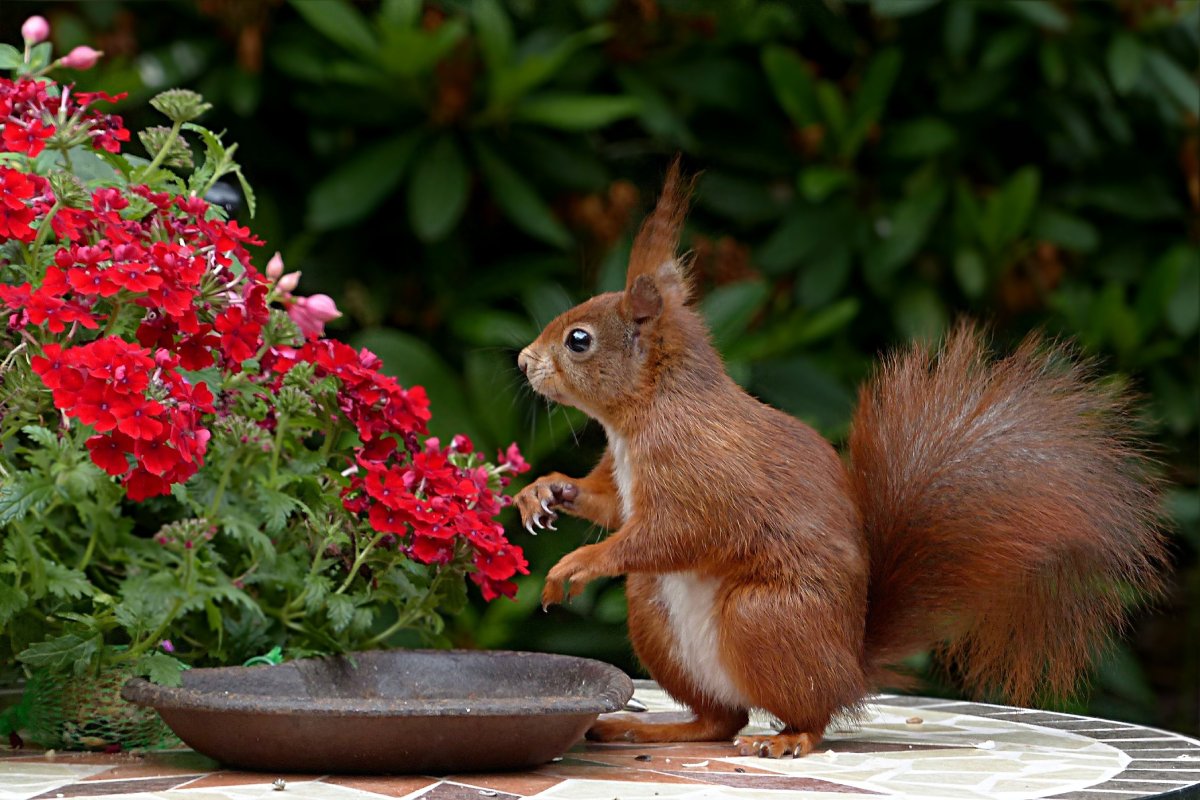
Role in Local Ecosystems
Wildlife-friendly gardens have a significant impact on the health and vitality of local ecosystems. They act as mini-reserves, providing food, shelter, and breeding grounds for various species. By doing so, they help in maintaining ecological equilibrium and enriching the local fauna and flora. In essence, they act as buffers, mitigating the effects of habitat loss and fragmentation due to urbanization and other human activities.
Connectivity between Habitats
Creating patches of wildlife-friendly gardens in urban and suburban areas can establish vital connections between isolated habitats, offering wildlife species routes for migration and dispersal, thereby sustaining genetic diversity and population dynamics.
Support for Biodiversity
A garden that is welcoming to wildlife invariably supports a diverse array of life forms. From insects and amphibians to birds and mammals, a multitude of species find refuge in such gardens. This diversity is not just about the array of animal life; it extends to the myriad of plant species that coexist, each playing a unique role in the ecosystem. By providing varied resources and habitats, wildlife-friendly gardens contribute to the conservation of numerous species, some of which may be endangered or rare.
A Haven for Pollinators
Wildlife-friendly gardens are particularly important for pollinators like bees, butterflies, and birds, which are crucial for the reproduction of many plant species. By sustaining these pollinators, these gardens indirectly support the biodiversity of plant life in the region.
Benefits to Plants and Soil
Wildlife-friendly gardens are a boon to the plants and the soil they inhabit. The interaction between plants and the wildlife they attract leads to mutual benefits. Wildlife assists in pollination and seed dispersal, enhancing plant reproduction and diversity. Moreover, the presence of diverse wildlife contributes to pest control, reducing the need for chemical interventions. The rich biodiversity in such gardens also aids in soil health, improving its structure, fertility, and water retention capacity through the activity of various organisms.
Symbiotic Relationships
Various symbiotic relationships that form between plants and animals in these gardens contribute to nutrient cycling and enhance the resilience and productivity of the ecosystem. These relationships are a testament to the interconnectedness of all life forms and the synergy that exists in balanced ecosystems.
In conclusion, the significance of wildlife-friendly gardens is manifold. They not only sustain diverse forms of life but also revitalize local ecosystems, ensuring their resilience and sustainability. They are stepping stones to conservation, allowing us to be stewards of our local environment and to make positive contributions to the broader ecological context. So, let’s cultivate these living, breathing spaces and revel in the symphony of life they bring to our doorsteps.
Attracting Birds to Your Garden
Drawing birds into your garden can transform it into a lively and vibrant space filled with song and movement. Birds not only contribute to the aesthetic appeal of a garden but also play a vital role in controlling pests and facilitating plant pollination. The subsequent segments will delve into strategies for making your garden more enticing for our feathered friends. We will explore the selection of native plants that serve as food and shelter, the installation of bird feeders and birdbaths, and the importance of controlling cats in the vicinity to create a secure environment for birds.
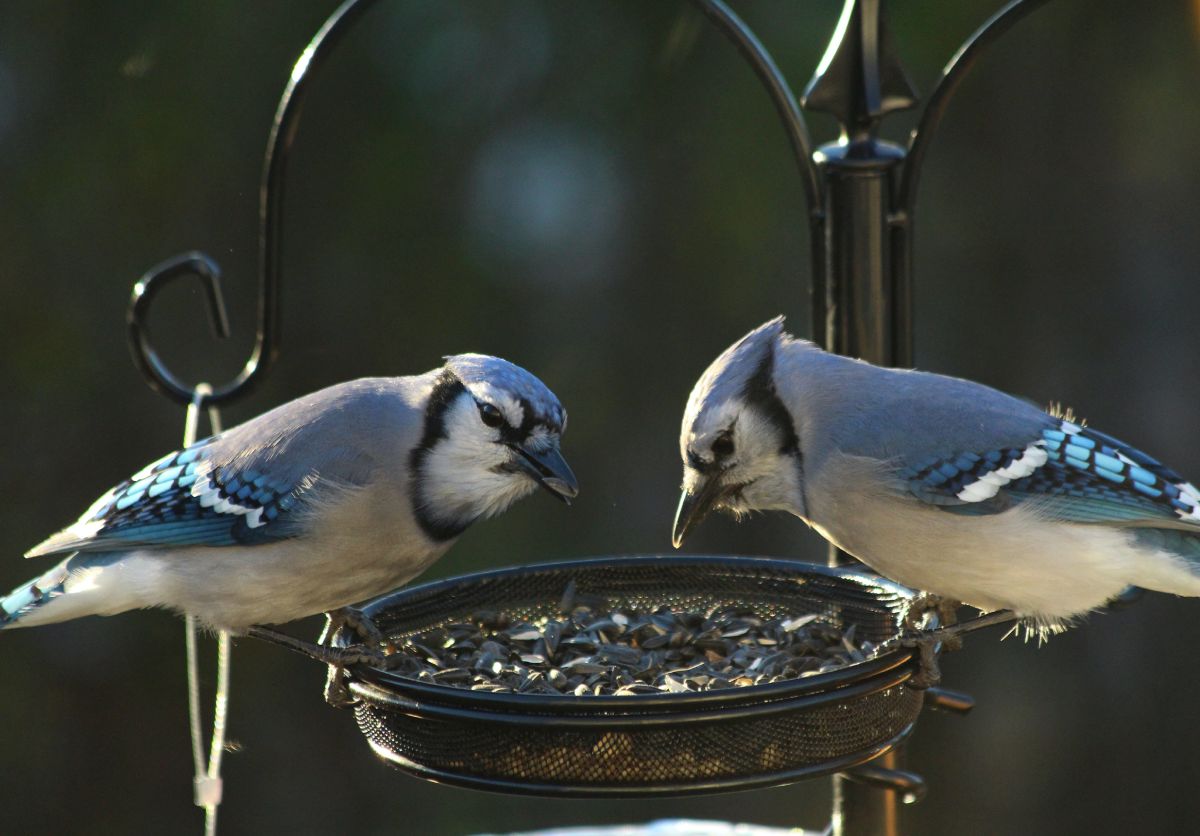
Choosing Native Plants that Provide Food and Shelter
Opting for native plants is a surefire way to attract local bird species as these plants naturally provide the food and shelter birds seek. Native trees, shrubs, and flowers offer seeds, nectar, fruits, and insects, catering to the varied dietary needs of different bird species. Additionally, they provide secure nesting sites and refuge from predators. By incorporating a variety of native plants, you can cater to the diverse needs of birds throughout the seasons, ensuring a constant avian presence in your garden.
Plant Diversity is Key
A diverse array of plants with different heights, structures, and flowering times will attract a wider range of bird species, enhancing the ecological richness of your garden.
Installing Bird Feeders and Birdbaths
Bird feeders and birdbaths are excellent supplements to natural food sources and are especially crucial during seasons when food is scarce. Positioning them in safe, sheltered locations encourages frequent visits. Providing a variety of food, including seeds, suet, and fruit, will appeal to different species. Clean water in birdbaths, especially during the colder seasons, is invaluable for both drinking and bathing. Regular cleaning of feeders and baths is essential to prevent the spread of diseases among bird visitors.
Placement and Maintenance
Strategic placement away from busy roads and potential hiding spots for predators and regular maintenance will make the birds feel safer and more welcome.
Keeping Cats Indoors or Under Control
Cats are skilled hunters and pose a significant threat to garden birds, especially fledglings. Keeping cats indoors or in enclosed areas, especially during the bird breeding season, can significantly reduce the risk to avian life in your garden. If this is not possible, placing bells on cat collars and avoiding the placement of bird feeders and baths near cover where cats can hide can help warn birds and give them a chance to escape.
Responsible Pet Ownership
Responsible cat ownership involves being mindful of the impact pets can have on local wildlife and taking measures to minimize potential harm.
In summary, cultivating a bird-friendly environment involves the incorporation of native plants, the provision of supplemental food and water sources, and ensuring the safety of avian visitors from predators like cats. Implementing these measures will not only enrich your garden with the delightful presence of birds but will also contribute to local biodiversity and ecological balance, allowing you to enjoy the myriad benefits of a wildlife-friendly garden.
Encouraging Insect Diversity
Encouraging a diverse insect population within your garden is crucial for maintaining a balanced ecosystem. Insects are pivotal for numerous ecological roles, including pollination, decomposition, and serving as a food source for other wildlife, like birds and amphibians. This section will guide you through the strategies to enhance insect diversity in your garden, including planting a variety of flowering plants, creating compost piles, and leaving leaf litter and fallen wood to form natural habitats.
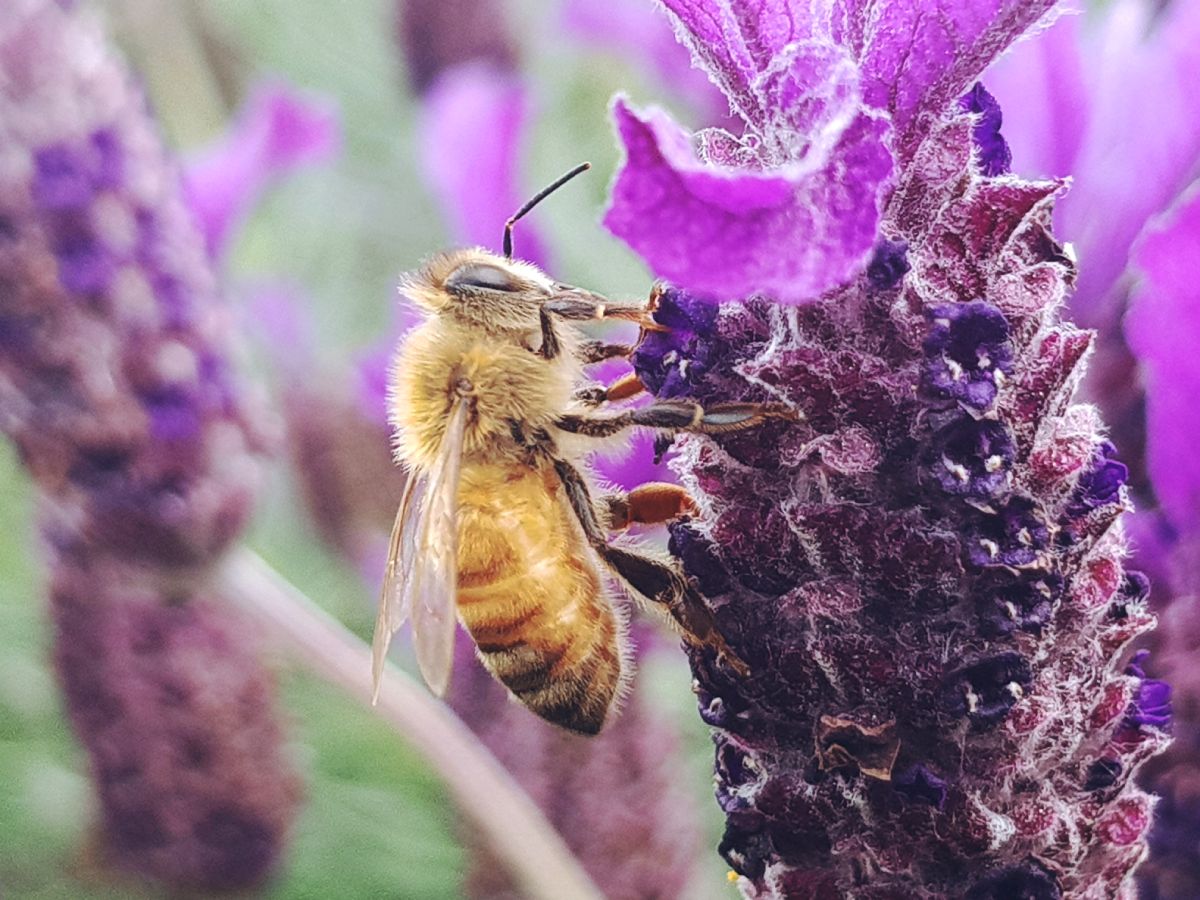
Planting a Variety of Flowering Plants for Pollinators
Incorporating a broad spectrum of flowering plants is essential to attract various pollinators like bees, butterflies, and other insects. Different insects are attracted to different colors, shapes, and types of flowers, so opt for a diverse plant palette. Including plants that bloom at different times of the year ensures that pollinators have a consistent food source across seasons.
Nectar-Rich Flowers
Including nectar-rich flowers in your garden will be highly beneficial as they serve as a vital food source for many pollinating insects.
Creating a Compost Pile or Bin
Having a compost pile or bin is a dual-purpose strategy; it recycles kitchen and garden waste to produce rich, nutritious compost, and it serves as a refuge for many insects. A variety of insects, including beetles and worms, play a vital role in breaking down organic matter, enriching the soil with nutrients in the process. This activity aids in soil aeration and fertility, benefiting the plants and other organisms in the garden ecosystem.
Composting Benefits
Beyond being beneficial for insects, composting reduces waste sent to landfills and provides nutrient-rich soil conditioner, enhancing plant health and reducing the need for chemical fertilizers.
Leaving Leaf Litter and Fallen Wood as Habitats
Rather than seeing leaf litter and fallen wood as waste to be cleared, view them as valuable habitats for insects. These natural elements offer shelter and food resources for a myriad of invertebrates like beetles and spiders. Leaving areas of your garden ‘wild’, with piles of leaves and logs, can create essential overwintering habitats for insects and other wildlife, promoting biodiversity in your garden.
Embrace the Wild
Welcoming some wild, untouched corners in your garden will attract a diverse range of fauna, fostering a more vibrant and resilient garden ecosystem.
Fostering a garden rich in insect life contributes significantly to local biodiversity and ecological health. By implementing a diverse planting scheme, practicing sustainable waste recycling through composting, and retaining natural elements like leaf litter and fallen wood, you can create a thriving habitat for insects. This, in turn, supports a myriad of life, enriching your garden experience, and helping to preserve the delicate balance of our local ecosystems.
Attracting Mammals to Your Garden
Welcoming mammals into your garden is essential for maintaining a vibrant and well-balanced ecosystem. These creatures, ranging from squirrels to hedgehogs, contribute to natural pest control and soil aeration, among other ecological benefits. This section explores various strategies to make your garden more appealing to mammals, such as providing natural shelters, planting food sources, and managing pesticides effectively.
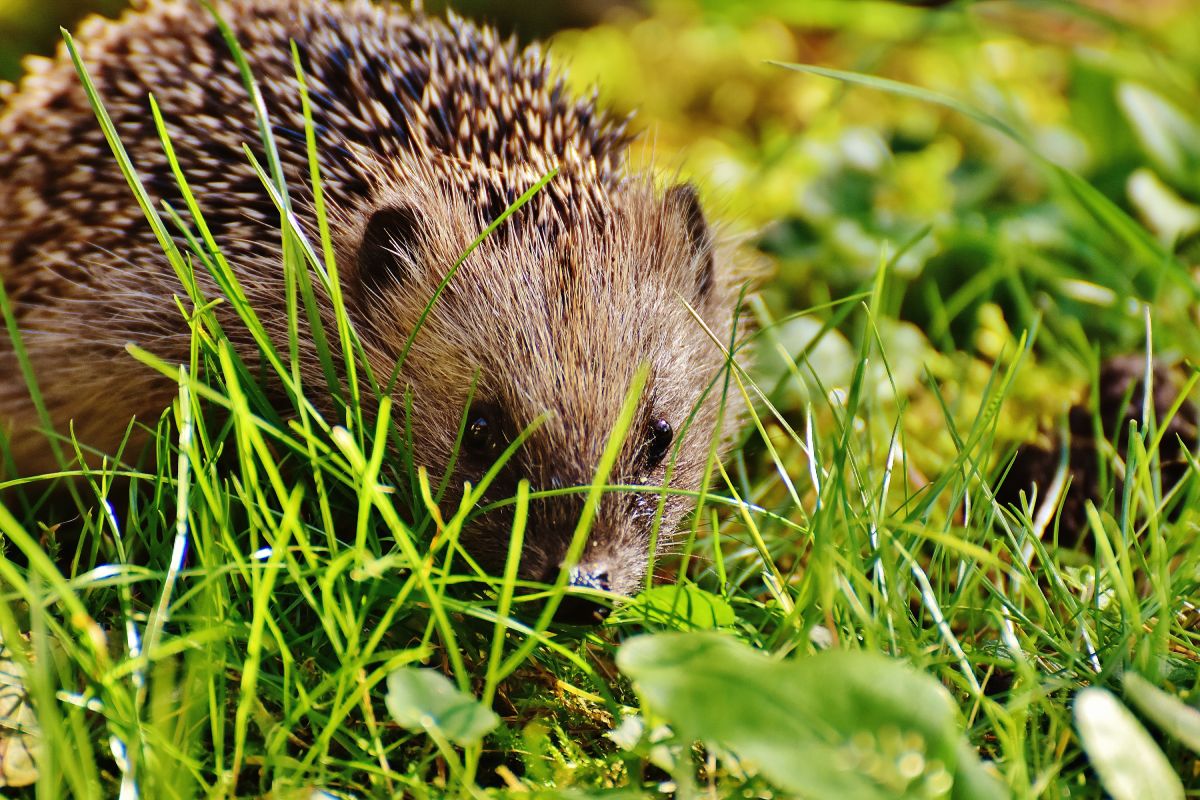
Providing Natural Shelters with Hedges and Piles of Rocks or Wood
Creating natural shelters like hedges, rock piles, and wood stacks can offer essential refuge and breeding spaces for various mammals. Hedges are particularly beneficial for hedgehogs, birds, and insects, providing shelter and food. Small mammals like shrews and voles find solace in rock piles and wood stacks, where they can hide from predators and find food.
Eco-Friendly Shelters
Constructing eco-friendly shelters by utilizing natural materials found in or around your garden not only supports wildlife but also promotes sustainability and resource conservation.
Planting Berry-Producing Trees and Shrubs
Planting trees and shrubs that produce berries, nuts, or other fruits is a surefire way to attract mammals to your garden. Such plants serve as a rich and consistent food source for various wildlife, including squirrels, badgers, and deer. Opt for native species whenever possible, as they are more likely to be recognized as food sources by local wildlife and are better suited to the local climate and soil conditions.
Fruiting Plants and Trees
Including fruiting plants and trees in your garden design adds aesthetic value while simultaneously supporting local fauna, contributing to a more lively and balanced garden ecosystem.
Avoiding or Carefully Managing Use of Pesticides
Using pesticides can severely harm the mammals visiting your garden, both directly through ingestion and indirectly by depleting their food sources. Opt for organic, wildlife-friendly pest control methods, or use chemical pesticides cautiously and sparingly. Encouraging natural predators, such as birds and other mammals, can help control pest populations effectively without causing harm to non-target species.
Natural Pest Control
Adopting natural pest control methods, like introducing beneficial insects and practicing companion planting, can mitigate pest issues while preserving the health and diversity of your garden wildlife.
Welcoming mammals by offering shelter, food, and a safe environment enhances the vitality and diversity of your garden ecosystem. Incorporating a mix of shelters and food sources, while being mindful of the impacts of chemical inputs, ensures your garden is a haven for a variety of mammals. Attracting these creatures not only brings joy and a sense of connection to the natural world but also plays a crucial role in supporting local biodiversity and ecosystem resilience. Enjoy the spectacle of wildlife in your garden while contributing to the well-being of the local fauna.
Encouraging Amphibians and Reptiles
Amphibians and reptiles are crucial components of garden ecosystems, contributing to pest control and biodiversity. Creating a suitable environment that meets their essential needs like water, shelter, and food is critical in attracting these species. This section aims to guide you through developing habitats and conditions conducive for amphibians and reptiles, such as building water features, maintaining damp and shady areas, and keeping areas of long grass.
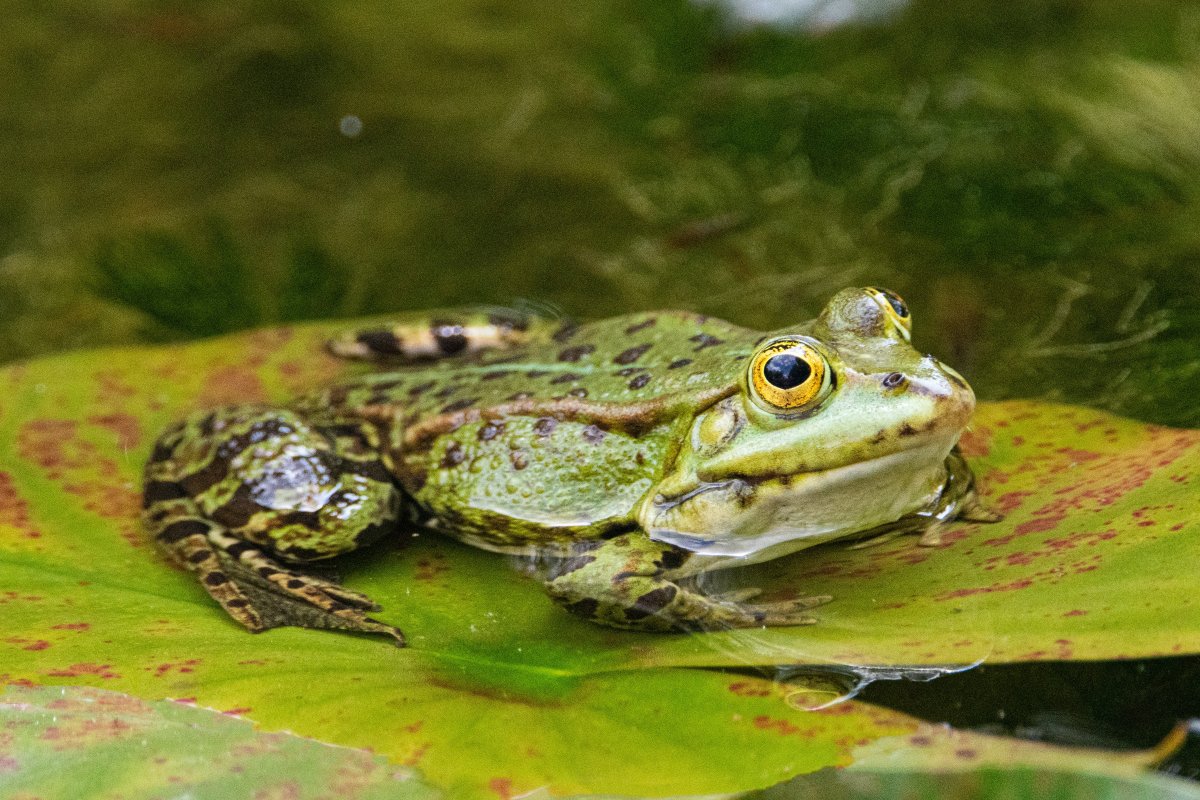
Building a Pond or Water Feature
Water is a fundamental requirement for amphibians like frogs and newts. Building a pond or incorporating water features in your garden creates essential breeding sites and habitats for these species. Ensure that the water bodies have shallow edges for easy access and are surrounded by native vegetation to provide shelter and food.
Importance of Water Quality
Maintaining clean, unpolluted water is essential as it impacts the health and breeding success of amphibians. Avoid using chemicals and introduce aquatic plants to help regulate water quality naturally.
Providing Damp, Shady Areas
Amphibians and some reptiles prefer damp, shady environments due to their permeable skin, which can easily dehydrate. Create such habitats by placing logs, rocks, and leaf litter in shady parts of your garden. These areas serve as perfect hiding and resting spots for species like salamanders and snakes, protecting them from predators and extreme weather conditions.
Creating Microhabitats
Designing diverse microhabitats with varying levels of moisture, light, and shelter options increases the chances of attracting a wider range of amphibians and reptiles to your garden.
Keeping Some Areas of Long Grass
Long grass provides excellent shelter and hunting grounds for reptiles like snakes and lizards. Letting some parts of your garden grow wild, with a mix of tall and short vegetation, allows these species to thrive. These areas also support a variety of insects, providing a rich food source for both amphibians and reptiles.
Balancing Garden Maintenance
Striking a balance between maintaining aesthetic appeal and allowing natural growth is key. Consider designating specific zones in your garden for wild growth while keeping other areas more manicured.
Encouraging amphibians and reptiles in your garden significantly contributes to ecological balance and biodiversity. The presence of these creatures often indicates a healthy and well-maintained garden ecosystem. By incorporating water features, creating suitable habitats, and allowing for natural growth, you not only support local wildlife but also gain the opportunity to observe these fascinating creatures up close, enriching your connection with nature. Whether you’re a seasoned gardener or just starting, implementing these measures can transform your garden into a thriving haven for amphibians and reptiles.
Creating Habitats for Beneficial Creatures
Creating habitats within your garden for beneficial creatures is not only rewarding but is also crucial for maintaining ecological balance and promoting biodiversity. By fostering such environments, you support a variety of species, each contributing uniquely to the ecological network. This section will delve into various methods of establishing sanctuaries within your garden, such as building insect hotels, forming hedgehog highways, and cultivating wildflower meadows.
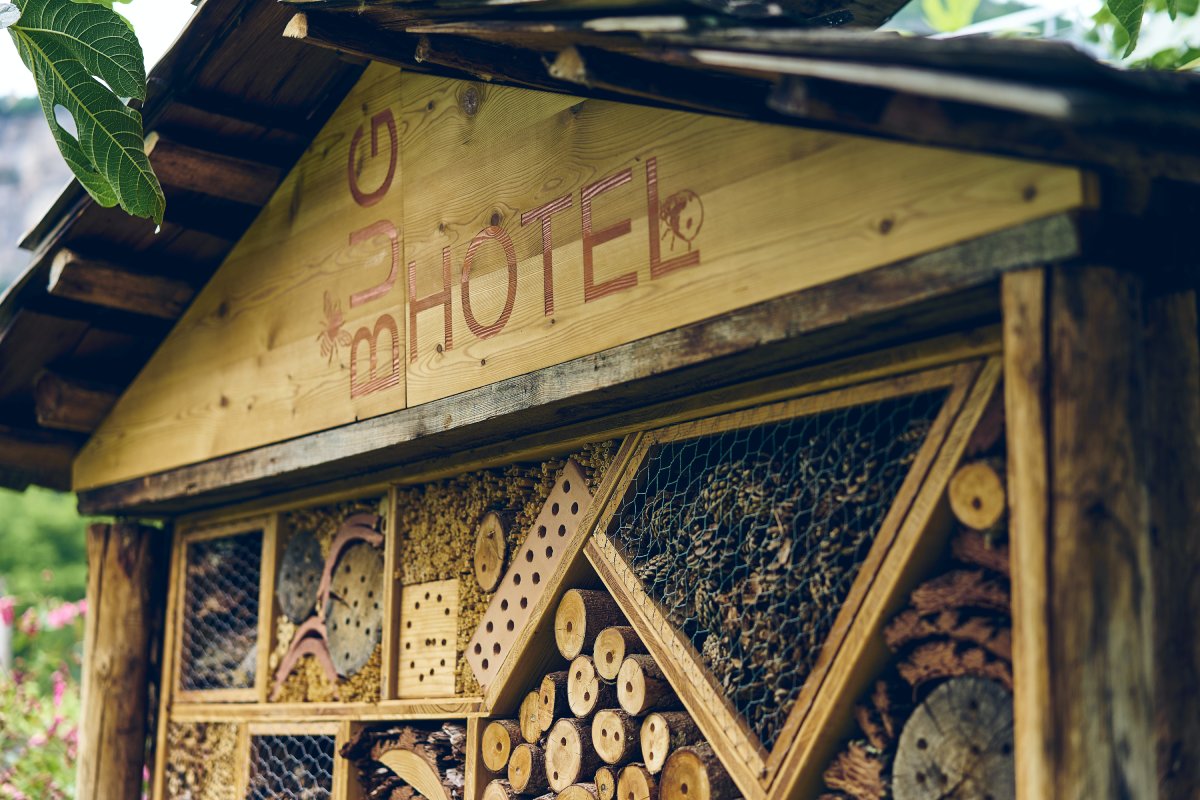
Building an Insect Hotel
Insect hotels are a fantastic way to support the population of beneficial insects like ladybugs, bees, and other pollinators. These structures, filled with natural materials, offer shelter and breeding sites for insects, enhancing the overall health of your garden by aiding in pollination and natural pest control.
Selecting Materials and Location
Use a variety of materials like straw, wood, and bamboo to cater to different species. Place the hotel in a sheltered spot, preferably facing south to receive ample sunlight.
Creating Hedgehog Highways
Hedgehogs roam extensive areas in search of food and mates, and solid fences and walls obstruct their pathways. By creating small openings or ‘hedgehog highways’ at the base of the boundaries, you allow hedgehogs to traverse freely, offering them greater access to food and shelter.
Importance of Hedgehog Conservation
Hedgehogs are valuable for natural pest control, but their numbers are declining. Facilitating their movement across gardens is a simple yet impactful way to support their conservation.
Planting a Wildflower Meadow
Wildflower meadows are not only aesthetically pleasing but also play a pivotal role in sustaining diverse insect life. They provide a rich source of nectar for pollinators such as bees, butterflies, and other insects, which in turn supports a healthy and vibrant ecosystem.
Choosing Native Wildflowers
Opt for a mix of native wildflowers that flourish in your local climate and soil type. This ensures higher success rates and supports local wildlife effectively.
Creating habitats for beneficial creatures is not just an altruistic endeavor but a symbiotic relationship. These creatures, in return, pollinate our gardens, control pests naturally, and enrich the biodiversity, leading to a more balanced and resilient ecosystem. By integrating these simple, yet impactful habitat-creating strategies, you’re not only enhancing your garden’s vitality but also contributing significantly to local wildlife conservation efforts, fostering a deeper connection with the natural world around you. Whether you’re a novice or a seasoned gardener, embracing these approaches will undoubtedly elevate your gardening experience, bringing you closer to the myriad of life forms sharing the environment with you.
Seasonal Considerations
In cultivating a garden conducive to wildlife, it’s crucial to consider the changing needs of animals and plants throughout the various seasons. Seasonal considerations ensure the provision of essential resources, such as food and shelter, and appropriate habitat management practices, such as prudent pruning and mowing. Addressing these factors ensures the well-being and sustenance of wildlife throughout the year.
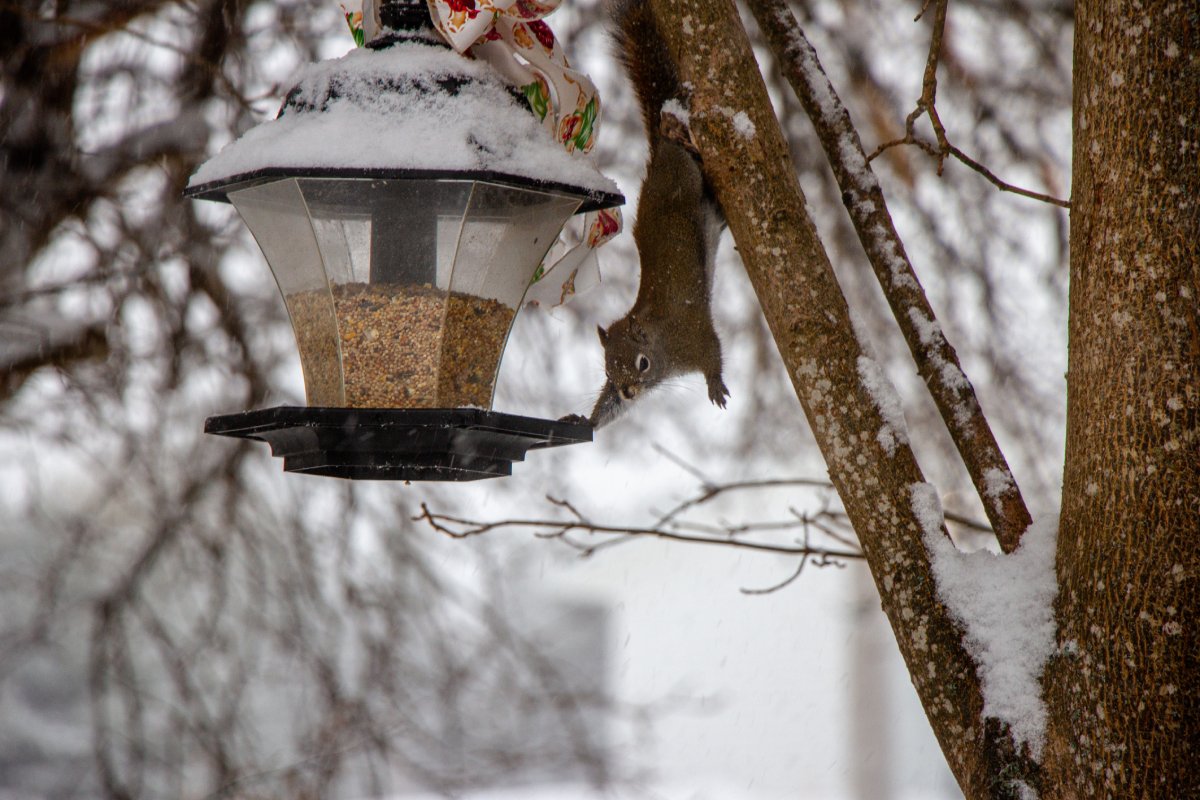
Providing Food and Water in Winter
Winter can be particularly harsh for wildlife, with food scarcity and freezing temperatures. Providing food and water during this season is vital for the survival of many species.
Energy-rich Foods
Offering foods high in energy like fatty seeds and fruits can be life-saving for birds and other wildlife. Also, ensuring a supply of fresh water, especially during freezing conditions, is crucial for hydration and bathing.
Careful Timing of Pruning and Lawn Mowing
Proper timing of pruning and lawn mowing is critical in preserving habitats and food sources for wildlife. Pruning during late winter or early spring can avoid disrupting nesting birds, and allowing areas of your lawn to grow long can provide shelter and food for insects.
Avoiding Disruption to Wildlife
Exercise caution and check for wildlife before engaging in these activities, to avoid harming sheltering animals and destroying habitats.
Providing Habitats and Food Suitable for All Seasons
To sustain diverse wildlife, offer habitats and food that cater to varying seasonal needs. This includes planting a variety of flora that blooms and bears fruit in different seasons and creating shelters that protect against diverse weather conditions.
Diverse Plant Selection
A mix of evergreen and deciduous plants, as well as a variety of flowering plants with different blooming periods, ensures a steady supply of food and shelter throughout the year.
Permanent Water Source
Maintaining a constant water source, like a pond or birdbath, caters to the hydration needs of wildlife across all seasons, and can act as a habitat for amphibians and insects.
Understanding and addressing the seasonal needs of wildlife significantly enhance the appeal of your garden as a refuge for diverse species. This goes beyond the basic provision of food and water, extending to the timing of garden maintenance activities and the provision of seasonally appropriate shelters and food sources. Such considerations ensure that your garden remains a thriving and supportive ecosystem throughout the year, regardless of the challenges posed by each season. The joy derived from witnessing a vibrant and active garden, bustling with life, makes the effort invested in considering the needs of wildlife across different seasons entirely worthwhile. In embracing these practices, you become a guardian of local biodiversity, fostering the richness and resilience of life in your garden.
Troubleshooting Common Issues
While creating a wildlife-friendly garden is rewarding, it’s not without its challenges. Managing unwanted pests, balancing wildlife needs with aesthetic preferences and practicality, and ensuring the safety of children and pets are all essential considerations in maintaining harmony within a wildlife-oriented space.
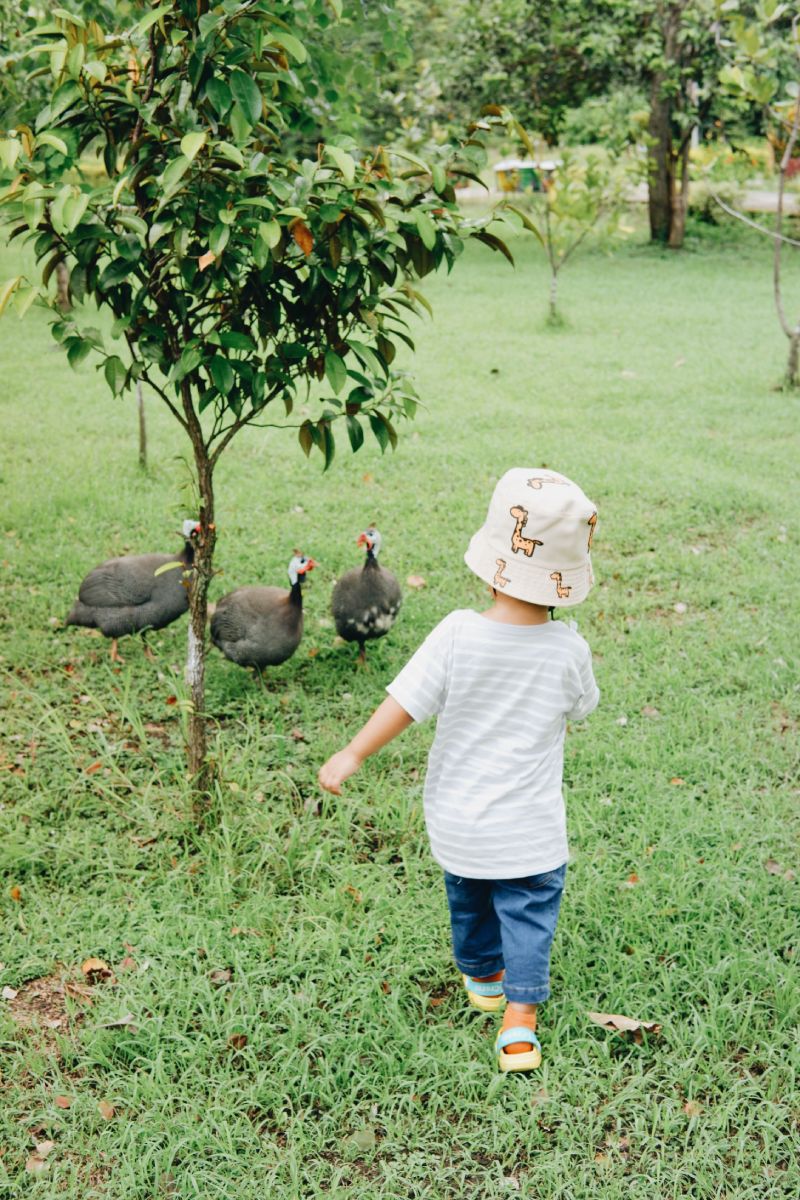
Dealing with Unwanted Pests
Embracing wildlife can occasionally invite unwanted guests. However, dealing with them need not be detrimental to the broader ecosystem of your garden.
Natural Predators
Encouraging the presence of natural predators like birds and beneficial insects can act as a natural pest control, reducing the need for chemical interventions.
Regular Monitoring
Regularly inspect plants for signs of pest infestation and address issues promptly and appropriately, employing eco-friendly solutions where possible.
Balancing Wildlife Needs with Aesthetics and Practicality
Creating a wildlife haven doesn’t mean compromising the aesthetic appeal and practical use of your garden. Strategic planning and thoughtful design can yield a space that is both wildlife-friendly and enjoyable for human inhabitants.
Selective Planting
Choose plants that are both attractive and beneficial to wildlife. Diverse planting can satisfy the needs of various species while creating a visually appealing landscape.
Zoning
Designate specific areas for wildlife and areas for human activities, ensuring mutual coexistence without interference.
Ensuring Safety for Children and Pets
In a wildlife-friendly garden, the safety of children and pets is paramount. It’s crucial to create a secure environment that allows for exploration and learning without risk.
Non-Toxic Plants and Substances
Opt for plants and gardening substances that are non-toxic to pets and children, and educate young ones about the safe interaction with wildlife.
Secure Boundaries
Ensure that ponds and other potential hazards are securely bordered to prevent accidents, and create safe spaces for pets to roam.
Creating a garden that is a refuge for wildlife is a rewarding venture that fosters biodiversity and ecological balance. However, addressing common issues proactively is crucial for maintaining a harmonious and safe environment for all inhabitants, both human and animal. Dealing with pests responsibly, designing with aesthetics and practicality in mind, and ensuring the safety of children and pets are critical aspects of managing a wildlife-friendly garden effectively. By doing so, you create a space that is not only a sanctuary for a myriad of species but also a delightful and secure environment for human enjoyment and learning. Balancing these elements contributes to the sustainability and joy derived from a garden teeming with life.
Conclusion
Encouraging wildlife into your garden is a wonderful venture that brings joy and fosters a deeper connection with nature. Creating a habitat where flora and fauna can thrive enriches the local ecosystem and provides endless opportunities for learning and enjoyment right in your backyard. Here, we will recapitulate the insights shared in this post and re-emphasize the bliss and benefits of harboring a wildlife-friendly garden.
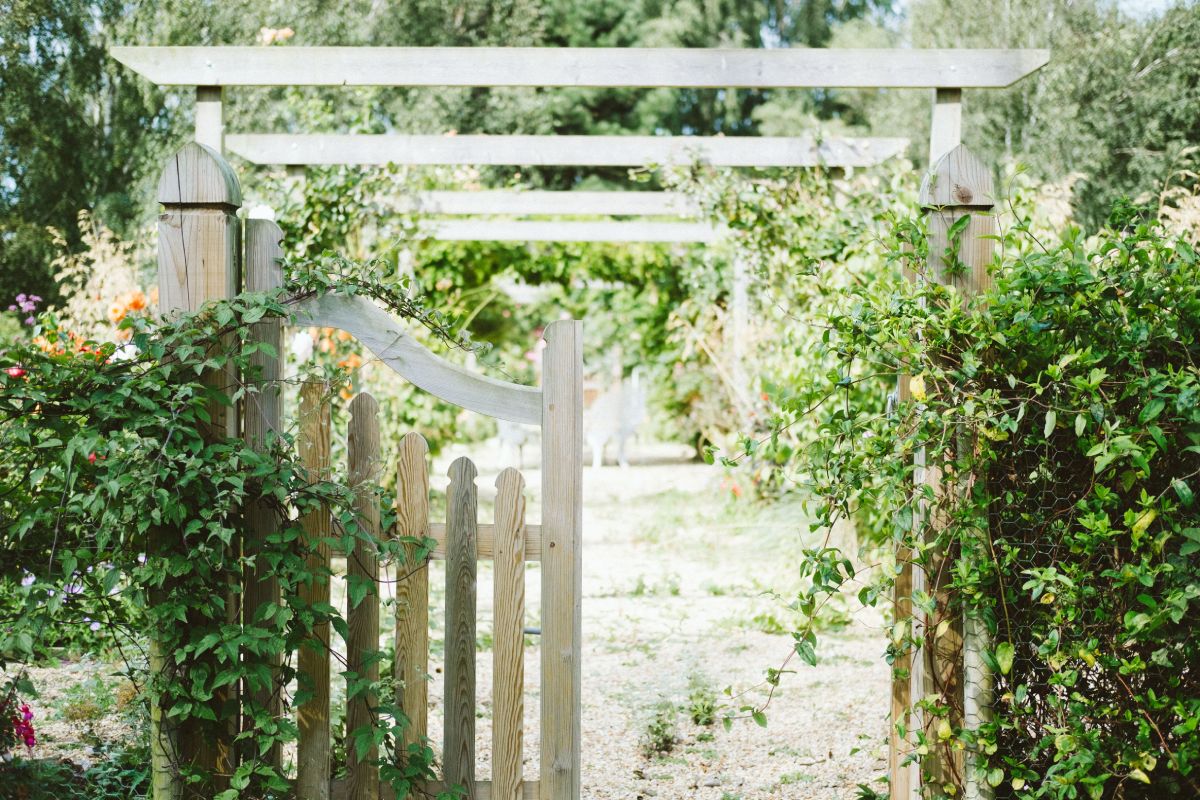
Recap of How to Create a Wildlife-Friendly Garden
Creating a wildlife-friendly garden involves thoughtful planning and commitment. From selecting native, diverse plants to providing shelters, food, and water, every effort contributes to making your garden a haven for various species. Remember to consider the needs of different animals, from birds and insects to mammals and amphibians, and create diverse habitats that support a wide range of wildlife. Keep in mind the role of each element in sustaining local ecosystems and biodiversity while enhancing the beauty and vitality of your garden.
The Joy and Benefits of Engaging with Nature in Your Own Garden
Having a garden teeming with life not only supports biodiversity but also enriches our lives. Observing and interacting with wildlife evoke a sense of wonder and joy, creating a tranquil space for relaxation and reflection. The presence of diverse species brings dynamism and balance to the garden, benefiting plants and soil health while offering natural pest control. Engaging with nature in such intimate proximity fosters a sense of stewardship for the environment and inspires continual learning about the intricate web of life surrounding us.
Encouraging Readers to Start Small and Gradually Make Their Garden More Wildlife-Friendly
You don’t need to transform your entire garden overnight. Start with small, manageable changes, such as planting pollinator-friendly flowers, setting up a bird feeder, or creating a small compost pile. Gradually incorporate more elements to enhance wildlife attraction, such as water features, diverse plant species, and natural shelters. Every step taken, no matter how small, contributes to creating a more welcoming environment for wildlife and enhances the overall ecological balance.
Remember, the journey to create a wildlife-friendly garden is as rewarding as the destination. Each improvement brings new visitors and dynamic interactions, enriching your outdoor space with life and beauty. Revel in the pleasures of witnessing nature’s spectacle unfold in your backyard and cherish the harmonious symphony of colors, sounds, and movements that a wildlife-friendly garden offers.
Embracing the principles and practices of wildlife-friendly gardening is an enriching experience, providing a sanctuary for myriad species and a personal refuge to unwind and connect with nature. The small steps you take today towards creating such a haven are investments in the future of our planet and the well-being of generations to come. So, be inspired, start small, and watch as your garden transforms into a vibrant tapestry of life, bringing joy, learning, and harmony to your doorstep.

